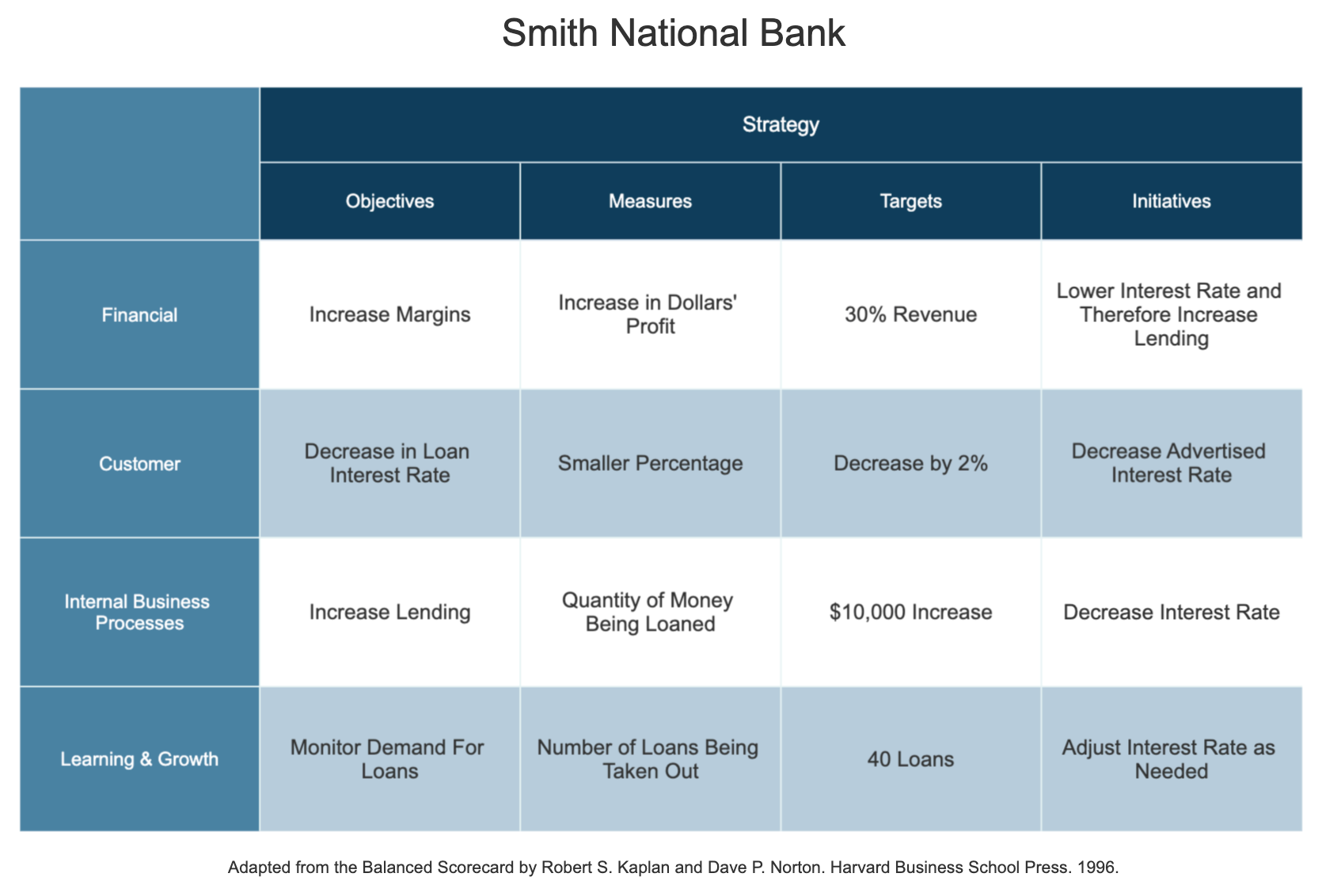The financial perspective in a balanced scorecard is potentially the most traditional of the four. You'll want to look at return on investment, growth, fixed costs, profit, and so on.
This area examines the company's health in terms of training employees on rapidly changing technologies, mentoring junior employees in a way that helps them grow and contribute, and employing the latest tools and systems to foster innovation. You may also want to examine how fast your company responds to change and how long it takes a team to develop a new product and bring it to market.
It's also important to examine a company's internal processes to look for areas ripe for improvement by removing inefficiencies and identifying error-prone portions. Would it help the company's strategic goal if some processes were faster or cost less?
You will want to examine your company's activities from your customers' or stakeholders' perspective. How do your customers view your activities? What are the reviews and feedback? Do you have an objective measure of customer satisfaction from surveys or other sources? A negative perception of your business or products could lead to declining sales in the future.
Some claim that this traditional approach to balanced scorecards doesn't fit every industry or business. So some of today's balanced scorecards will feature a different set of perspectives, sometimes even more than the traditional four listed above. Some balanced scorecards will also rely on strategy maps. These balanced scorecards will portray a series of smaller strategic objectives in addition to the overall goal of the company.
Back to top


